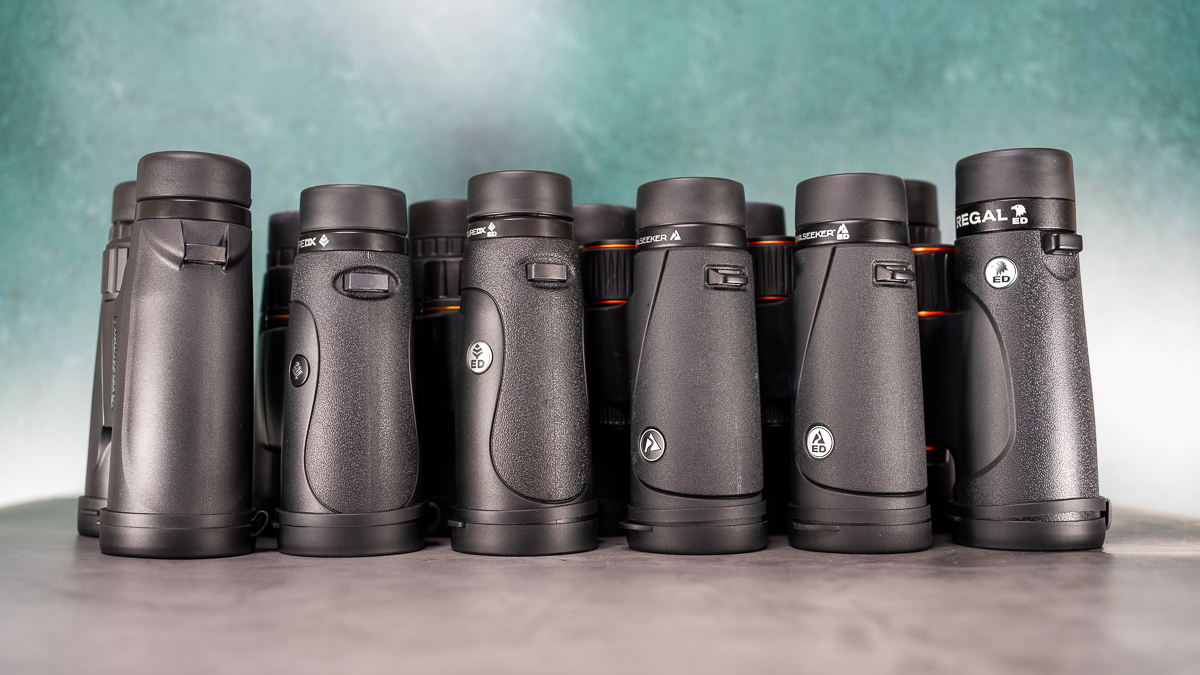Perseid meteor shower 2025: How to see 'shooting stars' despite the full moon
One of the most prolific meteor showers of the year will peak overnight on Aug. 12-13, but a bright moon will reduce its visual impact.

The Perseids — one of the strongest meteor showers of the year in the Northern Hemisphere — will peak on the night of Aug. 12-13. This meteor shower typically brings up to 75 "shooting stars" per hour, but this year, there's a big problem: a nearly full moon.
Meteor showers are always best seen in dark, moonless skies. However, August's full Sturgeon Moon rises on Saturday, Aug. 9. The moon always rises later each day as it orbits Earth, but in the summer, there's less of a difference. By Tuesday, Aug. 12, it will rise at almost the same time as it begins to get dark, making the window for a moonless night sky extremely short.
For example, on Aug. 9 in New York, the sun will set at 8:27 p.m. EDT, and an 84%-illuminated waning gibbous moon will rise at about 10:01 p.m. EDT and will remain in the sky for the rest of the night, according to Time and Date. Astronomical twilight — when "shooting stars" may become visible — doesn't begin until 10:28 p.m. EDT. With the Perseids peaking around midnight, there is no ideal time on the peak night when the night sky will be properly dark.
But all is not lost. The peak on Aug. 12-13 is particularly strong, according to the American Meteor Society, so even though you won't spot anything like the 50 to 75 meteors per hour sometimes seen in dark rural skies, shooting stars should still be visible in a clear sky. The peak night is still likely to be the best time to look.
It also helps that the moon will trace a low arc across the southern sky — as it does in summer when it's close to its full phase — but your expectations should be conservative. Just a handful of bright "shooting stars" are likely to be seen by most observers.
The best advice is to watch with your back to the moon. That will serve a dual purpose because the moon will be in the south, while the radiant point of the Perseids (located in the constellation Perseus) will be rising in the northeast.
With each passing night after the peak, the moon rises later, widening the window for a moonless sky after sunset. However, with the rates dipping considerably after the peak night, there is no ideal time to watch the Perseid meteor shower this year.
Get the world’s most fascinating discoveries delivered straight to your inbox.
The Perseid meteor shower is the result of dust and debris left in the inner solar system by a colossal comet called Swift-Tuttle. About 16 miles (26 kilometers) in diameter, it was last in the inner solar system in 1992 and won't be seen again until 2125, according to NASA.

Jamie Carter is a freelance journalist and regular Live Science contributor based in Cardiff, U.K. He is the author of A Stargazing Program For Beginners and lectures on astronomy and the natural world. Jamie regularly writes for Space.com, TechRadar.com, Forbes Science, BBC Wildlife magazine and Scientific American, and many others. He edits WhenIsTheNextEclipse.com.
You must confirm your public display name before commenting
Please logout and then login again, you will then be prompted to enter your display name.


